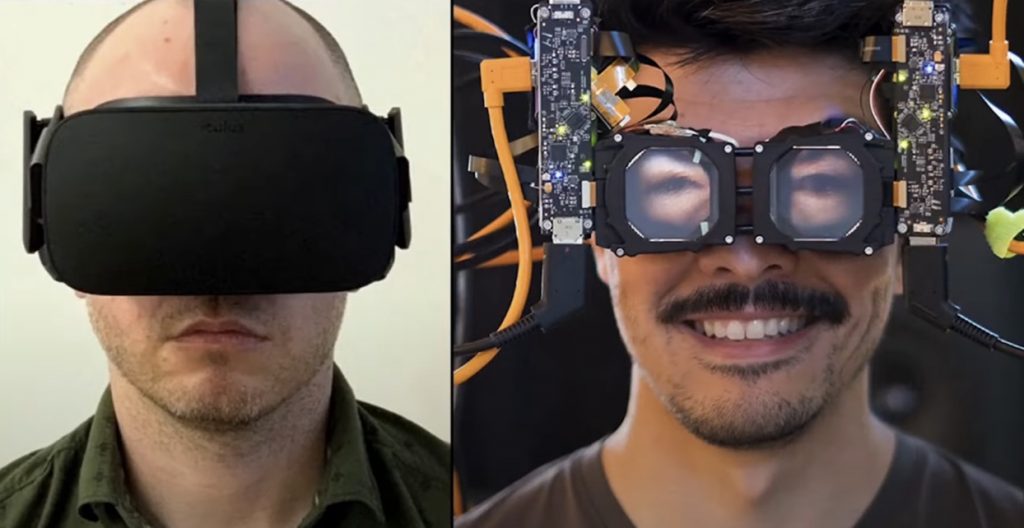
VR headsets have come a long way since the days of the Nintendo Virtual Boy, but they still have a long way to go in terms of visual fidelity, comfort, and performance.
At Siggraph 2022, an annual conference on computer graphics (CG) organized by the ACM SIGGRAPH, Douglas Lanman, Meta’s former display chief, named 10 challenges VR headsets still need to overcome. Here they are:
- Resolution: The Quest 2 headset uses a 1920 x 1832 resolution display for each eye. Those are pretty respectable numbers, but they need to be much higher for pixelation issues to go away.
- Field of view: Likewise, the field of view of today’s headsets (around 100 degrees horizontally) is nowhere near the field of view of the human eye (200 degrees horizontally).
- Ergonomics: The Quest 2 weighs 503 grams (17.7 oz), and that’s simply too much for long-term comfort, which is why companies like Meta are experimenting with compact VR headsets designed enabled by pancake lenses.
- Vision correction: Globally, at least 2.2 billion people have a near or distance vision impairment, and VR won’t be enjoyable for them until VR all mainstream VR headsets provide extensive vision correction options.
- Variable focus: Current VR headsets don’t allow eyes to focus naturally, which can cause discomfort and even headaches. Fortunately, Meta has already developed a technology that makes it possible to simulate different focal planes.
- Eye tracking: Eye tracking is an essential technology because it enables progressive vision, foveated rendering, and distortion correction.
- Distortion correction: Even the slightest distortion can be immersion-ruining, so it’s important to correct it using advanced software algorithms in real time.
- High dynamic range: The dynamic range of the human eye is currently far greater than the dynamic range of leading VR headsets, making virtual worlds less visually impressive than they should be.
- Passthrough: Many immersive virtual experiences need to be based on real-time information about the environment in which the user is physically located, and that’s exactly why passthrough technology exists.
- Facial reconstruction: If we want to interact with realistic digital avatars, then headsets need to capture facial information in real time and translate it into facial expressions.
To hear more information about the above-described challenges, you can watch Lanman’s entire presentation on YouTube.
